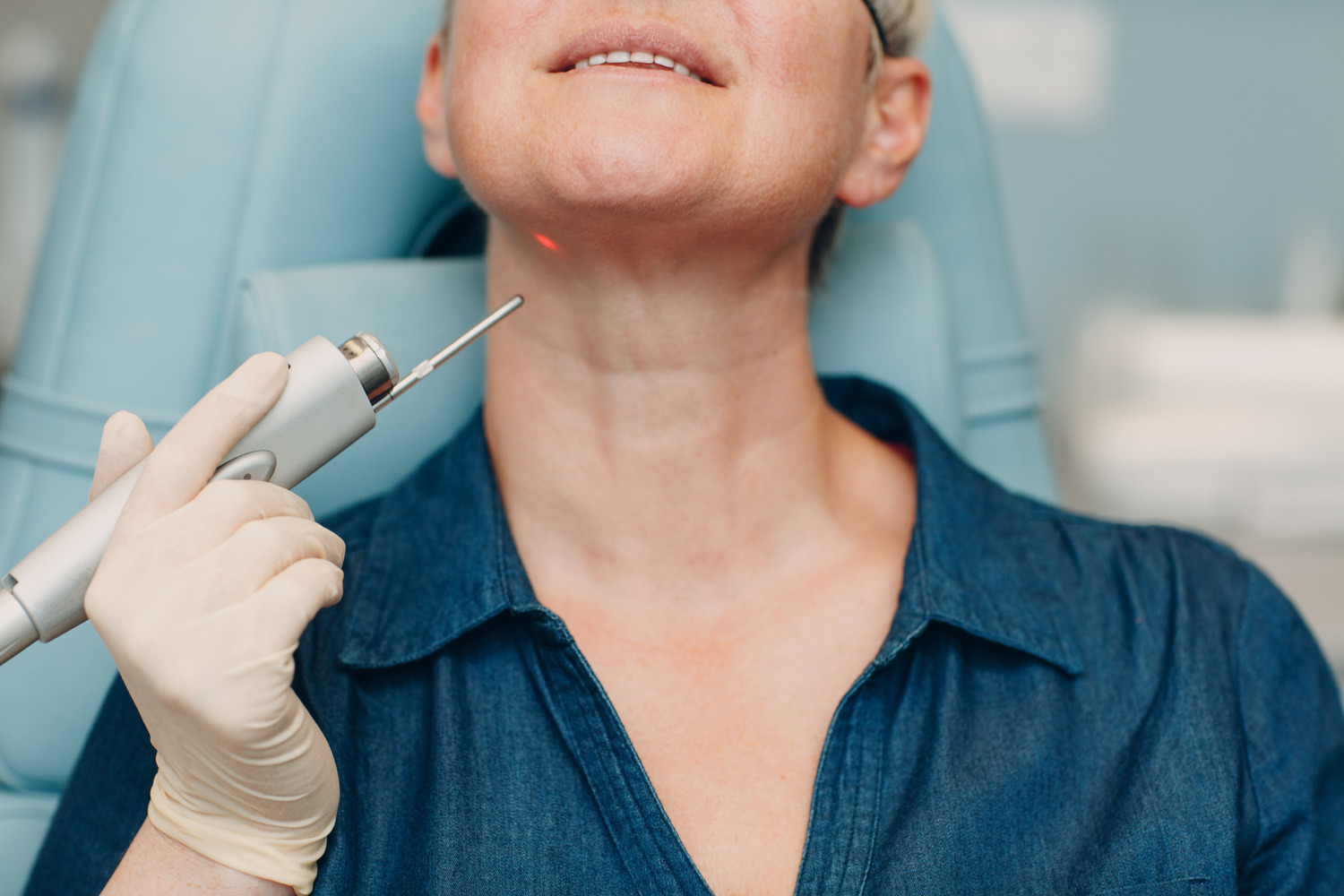Age Spots
What Are Age Spots and What Causes Them?
Age spots are a very common skin condition that arises in adults as they grow older and present as small, flat, dark spots. They vary in size and exact appearance and are most common on the most sun-exposed body parts (the shoulders, arms, hands, and face). These age spots never fade, unlike freckles which fade as one avoids sun exposure.
More about Age Spots
Age spots are widely considered unsightly; however, they have no medical detrimental effects and so are often left untreated. While age spots are harmless, they can look similar to much more dangerous skin conditions, even cancer, so it is important to have your doctor or dermatologist take a look at your age spots before seeking medical aesthetic treatment for them. Without knowing that the marks on you are truly age spots, the laser-based treatments offered could potentially exacerbate the condition.
To avoid getting age spots in the first place, the best approach is to avoid the sun as much as possible and thoroughly protect your skin with sunscreen when you cannot avoid sun exposure. This won’t necessarily prevent all age spots, but sun exposure is the main exacerbator of age spots.
Age Spots are Also Known As Liver Spots, Sunspots, and Solar Lentigines
These alternative names for age spots come out of the origins (sunspots, solar lentigines) and previously presumed origins (liver spots) of the spots. These alternative names help communicate your condition to others or do research, but they’re all names for the same condition.


Treatments Available At
Meg & Co.
LaseMD Ultra
Our LaseMD Ultra treatment is capable of removing sunspots and simultaneously building more collagen in your skin, making it plumper, firmer, and younger-looking. Typically even one treatment will make a positive difference, but we recommend periodic treatments to maintain results.
Safety Considerations
The main safety consideration with most age spot treatments is the stress caused to your skin by lasers. While this isn’t dangerous or significantly harmful, if you then expose the treated skin to excessive sun. To protect your skin when it’s vulnerable, we suggest using high SPF, broad-spectrum sunscreen when you are going to be exposed to sunlight for more than 15 minutes.
Maximizing Results
Getting the most out of your age spot reduction treatment requires preventing further damage and using the right aesthetic treatments. If you follow a regular LaseMD or Carbon Laser Facial treatment schedule and avoid excessive sun exposure, you should notice substantial benefits to your age spots.
FAQ
What’s the Difference Between Age Spots, Liver Spots, Sunspots, and Solar Lentigines?
The short answer is that there is no difference. All of these names attempt to describe the origins of the spots. “Age spots” is the most common name for these spots because they become more common as you age. “Liver spots” is a term derived from an old belief that these spots arise from a dysfunctioning liver. Both “Sunspots” and “Solar Lentigines” refer to the role that sun exposure plays in forming these spots.
What Causes Age Spots?
Age spots are caused by overactive pigment cells, which are primarily caused to be overactive due to sun exposure over time. Any ultraviolet (UV) light exposure can lead to age spots; this means that if you’ve used tanning beds, you’re more likely to develop age spots early and to a greater degree. Using high-quality sunscreen helps prevent and minimize age spots.
How Can I Tell Age Spots From More Serious Conditions?
You should always have a medical professional assess the blemishes on your skin to ensure they aren’t dangerous to your health; however, some rules of thumb should either raise concerns or assuage them.
If you notice any of the following, there’s a significant risk the blemish is actually dangerous and not just an age spot:
- The spot is black
- The spot or spots are increasing in size
- The spot has an irregular border
- The spot or spots have an unusual combination of colors
- The spot is bleeding, especially on its own.
If any of these are happening, seek a medical diagnosis from your physician or a dermatologist.
